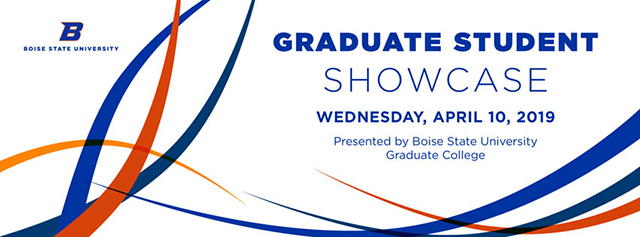Presentation Date
4-10-2019
Degree Program
Biological Sciences, MS
Major Advisor Name
Jennifer Forbey
Type of Submission
Scholarly Poster
Abstract
Landscapes are changing and under threat from anthropogenic activities, decreasing land cover, contaminated air and water quality, and climate change. These changes impact native communities and their functions at all spatial scales. A major functional trait being affected across these communities is nitrogen. Nitrogen supports plant nutrient cycling and growth, serves as an indicator for crude protein and productivity, and offers quality forage for wild and domestic herbivores. We need better ways to monitor nitrogen across space and time. Current monitoring is elaborate, time-consuming, and expensive. We propose drawing from agricultural methodologies to incorporate near-infrared spectroscopy as a technique in detecting and monitoring nitrogen concentrations across a threatened shrub-steppe ecosystem. We are currently developing calibration equations for nitrogen in sagebrush across four species (Artemisia tridentata wyomingensis, A. tripartita, A. arbuscula, A. nova), three study sites and two seasons. Preliminary results suggest that nitrogen can be accurately predicted across all sites, species, and seasons, explaining 75-90% of the variation in nitrogen. These results indicate that near infrared spectroscopy offers a rapid, noninvasive diagnostic tool for assessing nitrogen in wild systems. This advancing technology is important because it economizes the collection of ecological data in rapidly changing landscapes and provides land managers and researchers with valuable information about the health and sustainability of their lands.
Funding Information
NSF DEB-1146194 & 1619953, NSF OIA-1826801 & 1757324, BLM #LO9AC16253 & #L17AC00306

